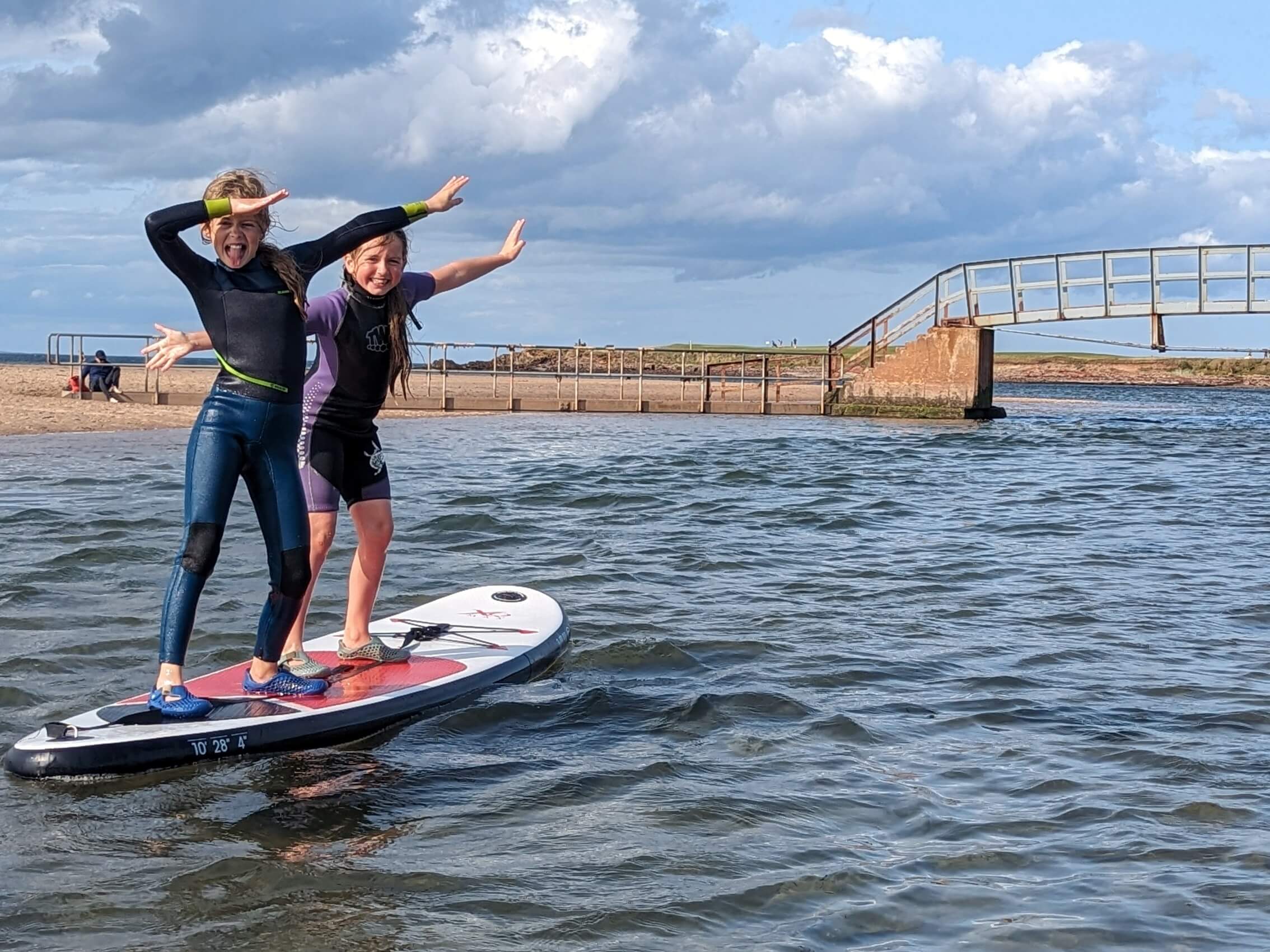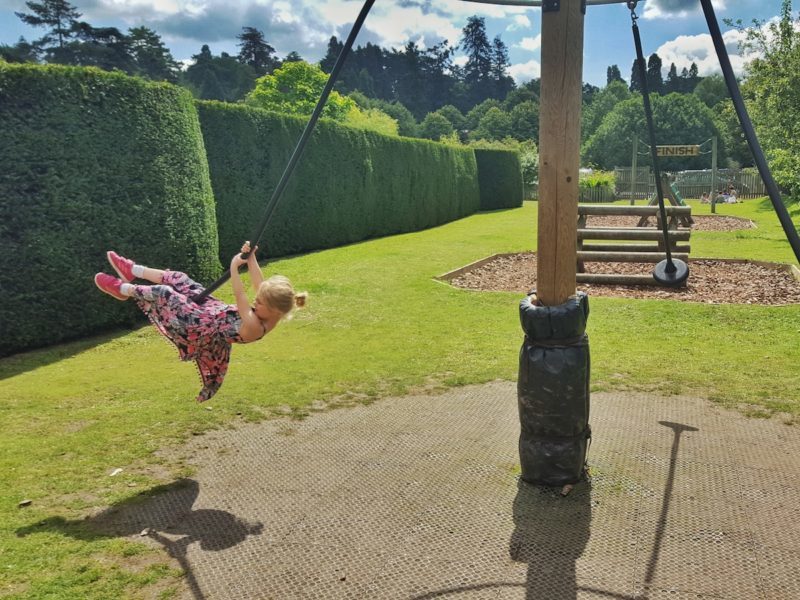Saving Vs Investments For A Child
Advertorial collaboration with Responsival
As children get older, most of us start to think about how they will cope financially as young adults. Gone are the days when University was free and young couples could afford to buy their own homes. Nowadays, even running a car is an expense that many young people can’t afford. That’s why it’s worth thinking about children’s futures while they are young. But what’s the best way of making sure that they have a good financial start to adult life? I take a look the savings and investment options for children.
Investments For Children
If you decide to make investments for a child and you’re based within the USA, it is worth considering an UGMA account. UGMA stands for Uniform Gifts to Minors Act, and this is a type of custodial account that is managed by an adult on a child’s behalf. If this is a consideration for you, it is worth reading a comprehensive guide to UGMA custodial accounts to make sure you fully understand the purpose of the account prior to investing.
However to summarise, an adult can put cash, stocks, mutual funds and bonds into the UGMA. Whatever is in the UGMA belongs to the child whose name the account is in, but they can’t access them until they are 18 or 21 (depending on the state). At that point, the custodianship comes to an end and the child has full access to the account. They can use it for whatever they wish without parental permission.
The advantage of opening an account of this type is that if you are quite a good investor yourself, you can use that knowledge to benefit the child in the future. When you put money into a standard savings account, it will only accrue interest. However, buying stocks means that if the price of that stock increases, the amount of your investment will go up. Conversely, investments could also go down so there is definitely an element of risk in terms of how much money the child could end up with.

Children’s savings and the 50/30/20 rule
Many of us are sensible savers, regularly putting aside a little money for a rainy day where possible. And while it may be a bit more of a squeeze financially for now, it is well worth saving a little extra so your children have something to fall back on in early adulthood as well.
A popular budgeting method at present is the 50/30/20 rule. This helps people to allocate a proportion of their household income to savings. The way this works is to split your spending into needs and wants. Then, 50% of your income should go on your needs. This will include rent or mortgage, household bills, food shopping, insurance, phones, credit repayments, transport etc. This leaves 30% for non-essentials (wants) such as gym membership, leisure, holidays, meals out etc. and 20% for savings.
Savings may include pensions, investments, a rainy day fund and something in particular that you want to purchase. Any account that you open in your children’s name to save for their future may also come out of this 20% dedicated to savings.
What if you can’t afford to save or invest for a child’s future?
The suggestion that we should be putting aside money for a child’s future can be a little upsetting if you really don’t have anything to spare. However, there are a few options. Firstly, it is worth opening an account anyway. If a child receives money as a gift from relatives, a percentage of it can be put away in that account.
Likewise, as children get older, they will probably start to earn a little money themselves. For example, a 16 year old may have a part-time job or do chores for neighbours to earn some cash. At this point, it is well worth teaching them the 50/30/20 rule.
Whilst they not have many essentials to fund themselves so most of their money will go on their wants, they can get into the habit at this age of putting 20% of anything they receive into savings. This is a habit that they will hopefully maintain for life, ensuring that as they get older, they will always have a little put aside for a rainy day.







